Higher and higher : The story of the mountain: between innovation and publicity
"The name echoed in her ears like a great cathedral bell, and flamed in front of her eyes, even on the labels of ointment pots." Flaubert's heroine Madame Bovary approaches the pharmacy curiously, and despite her spiritual delirium, observes the labels, memorizing the sign, almost as to remember its placement. But this piece of paper glued to the product, which eyes the consumer, inviting her to partake: is it merely a marketing tool?
Thanks to labels, as well as to brand names, from the 18th century onward, the mountain had become recognizable, and perhaps it is no coincidence that the oldest labels indicate elixirs and pharmaceutical products. The fortune of the mountain was born with the 18th-century day-hiking scientists, who documented every landscape, every flower, every animal, making use especially of etching.
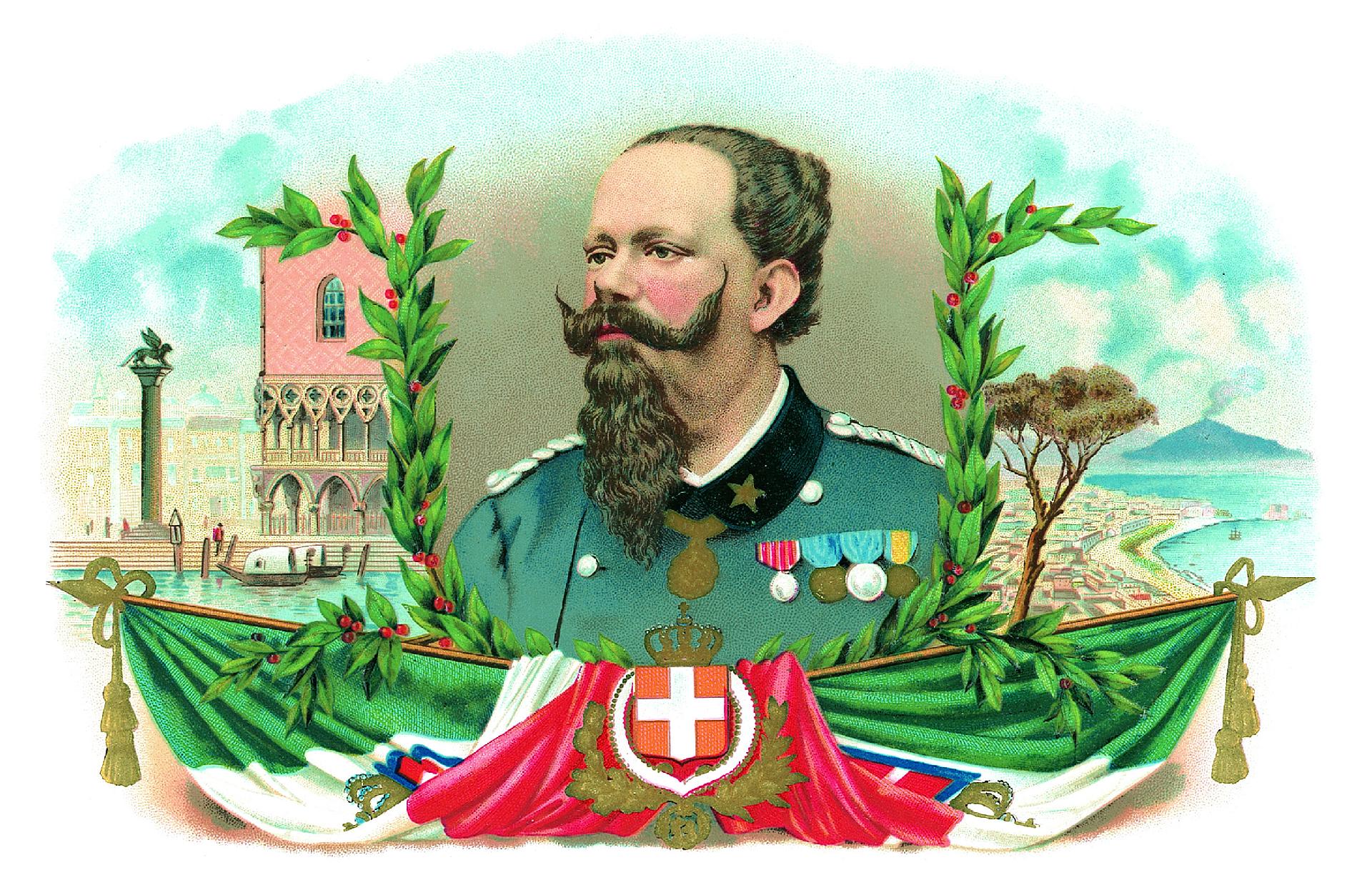


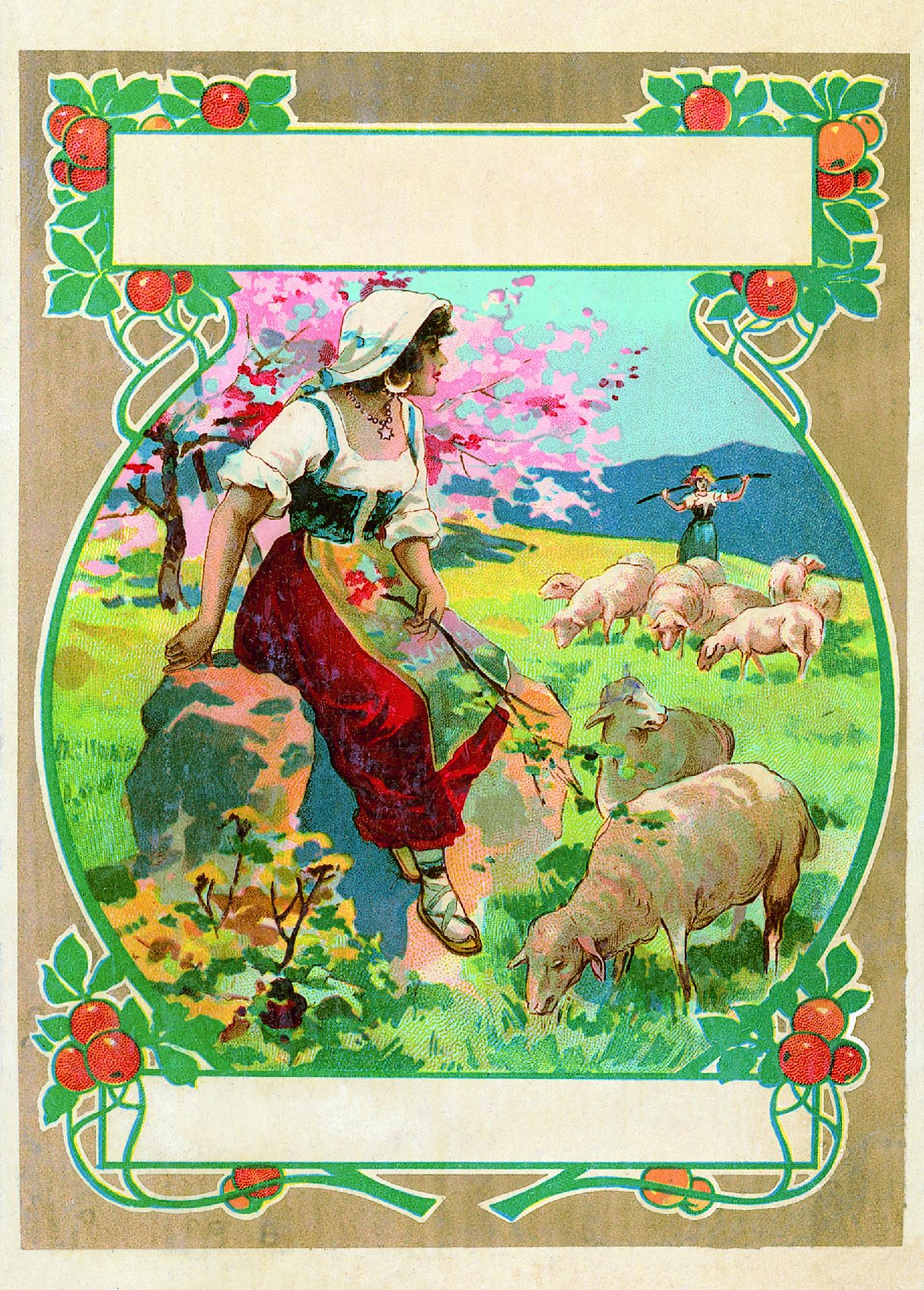
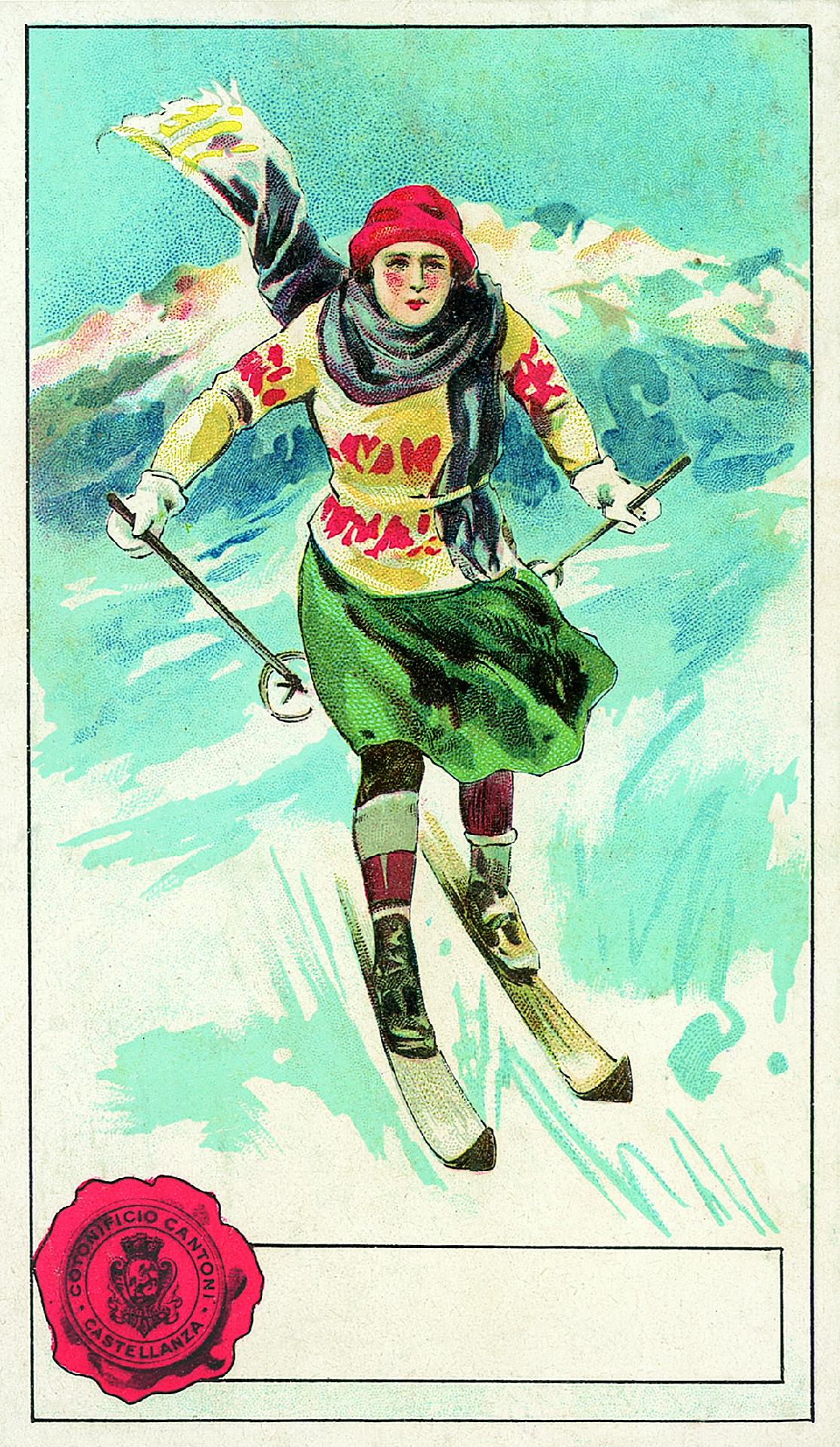
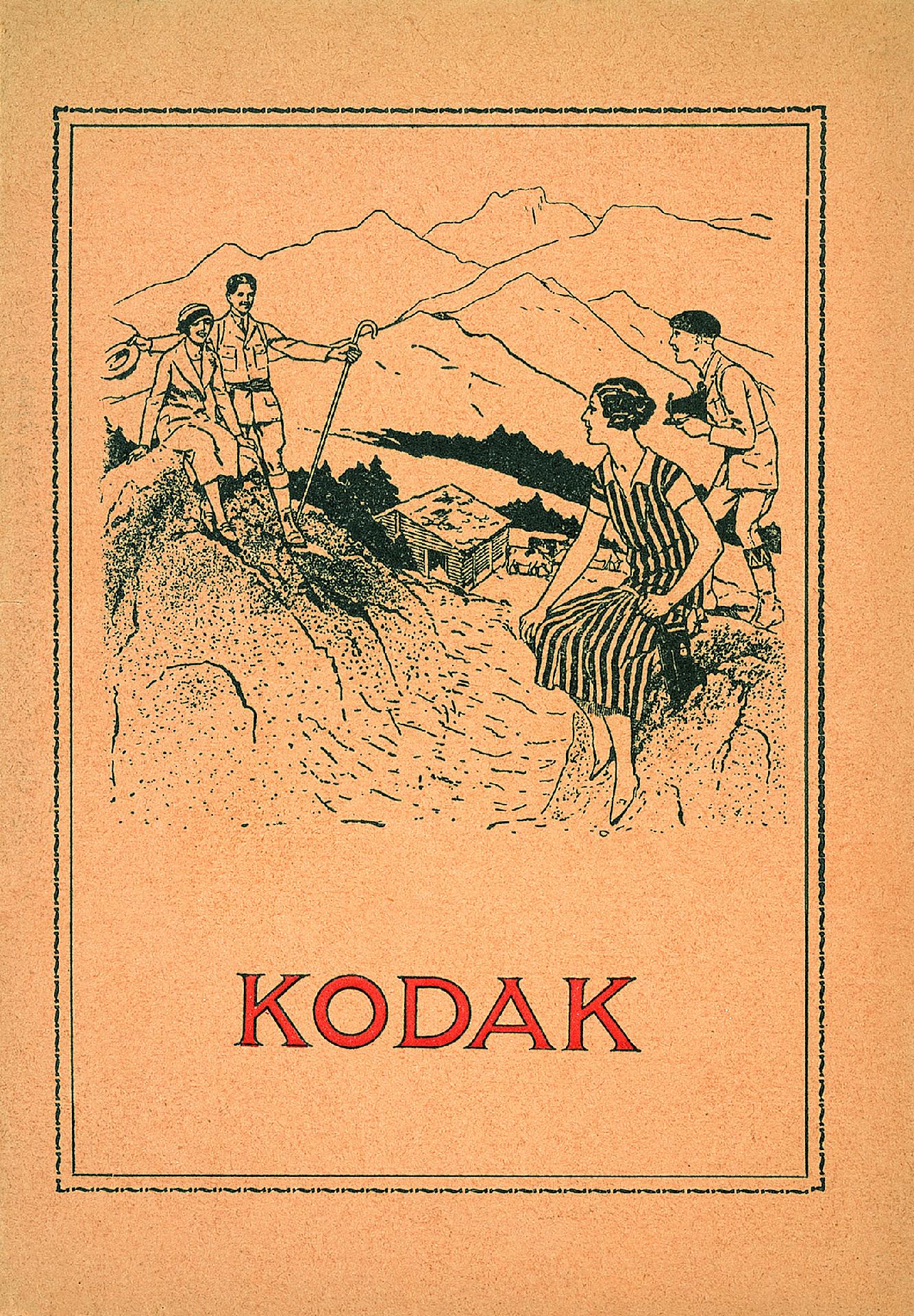
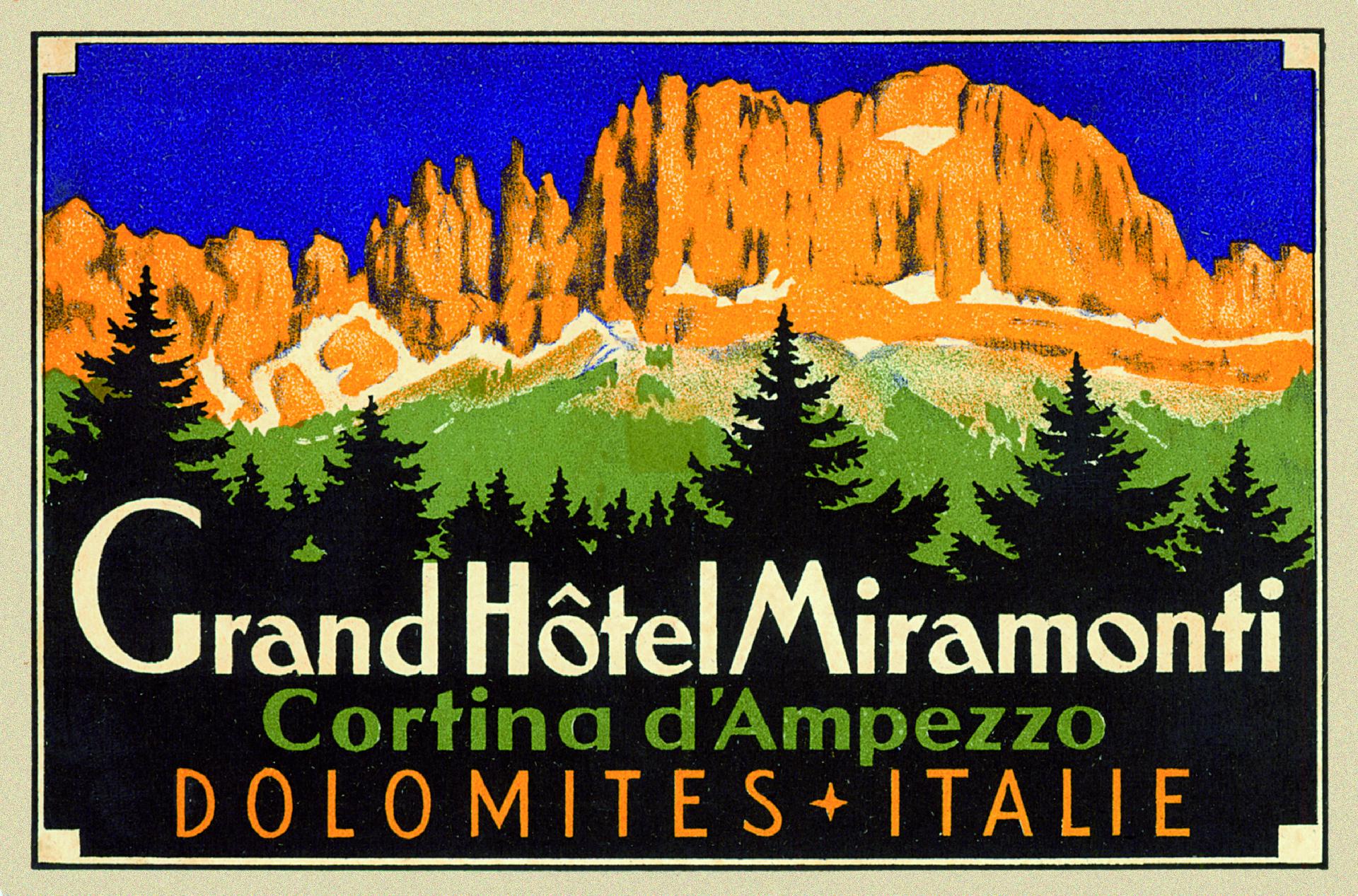
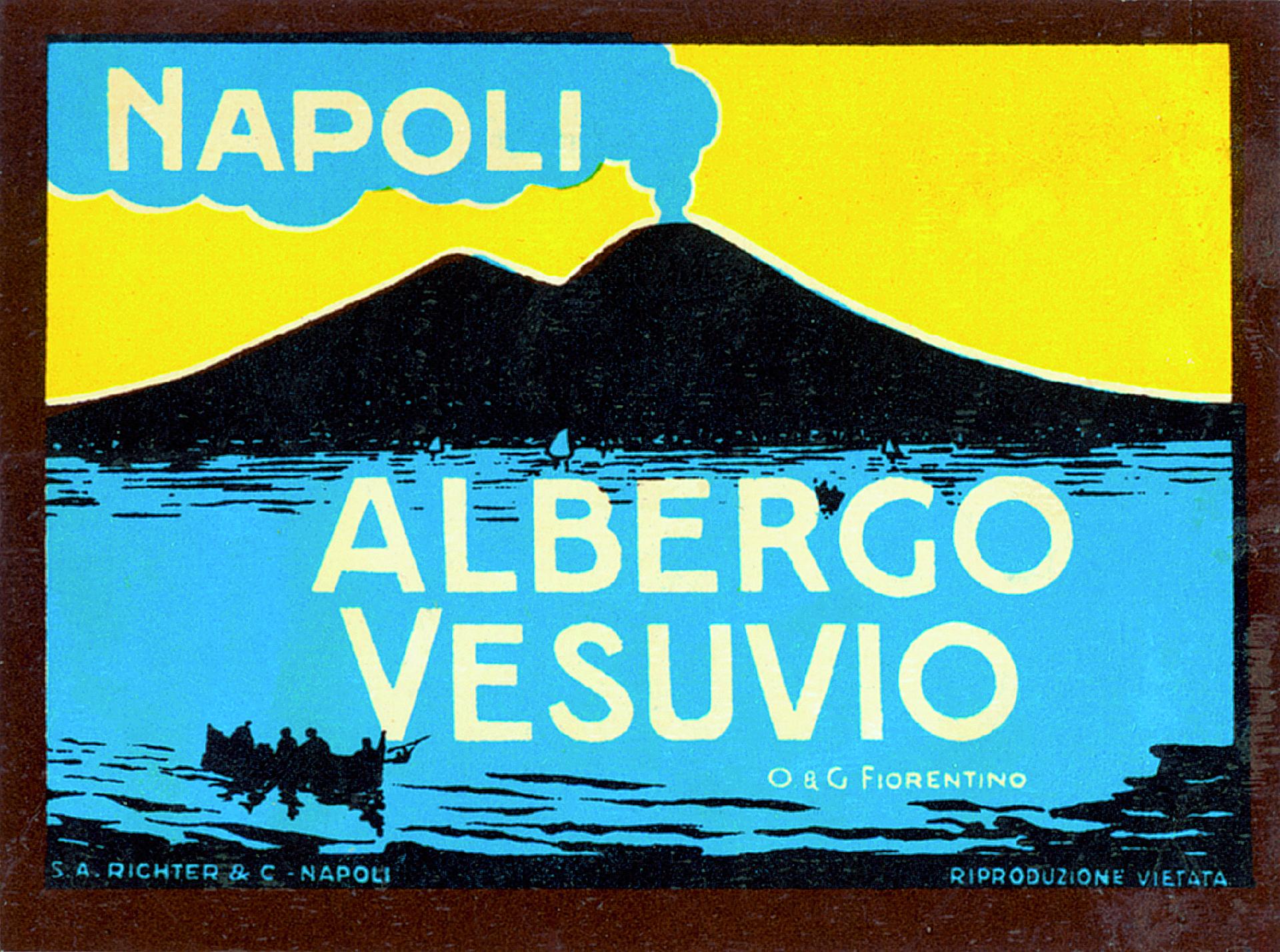
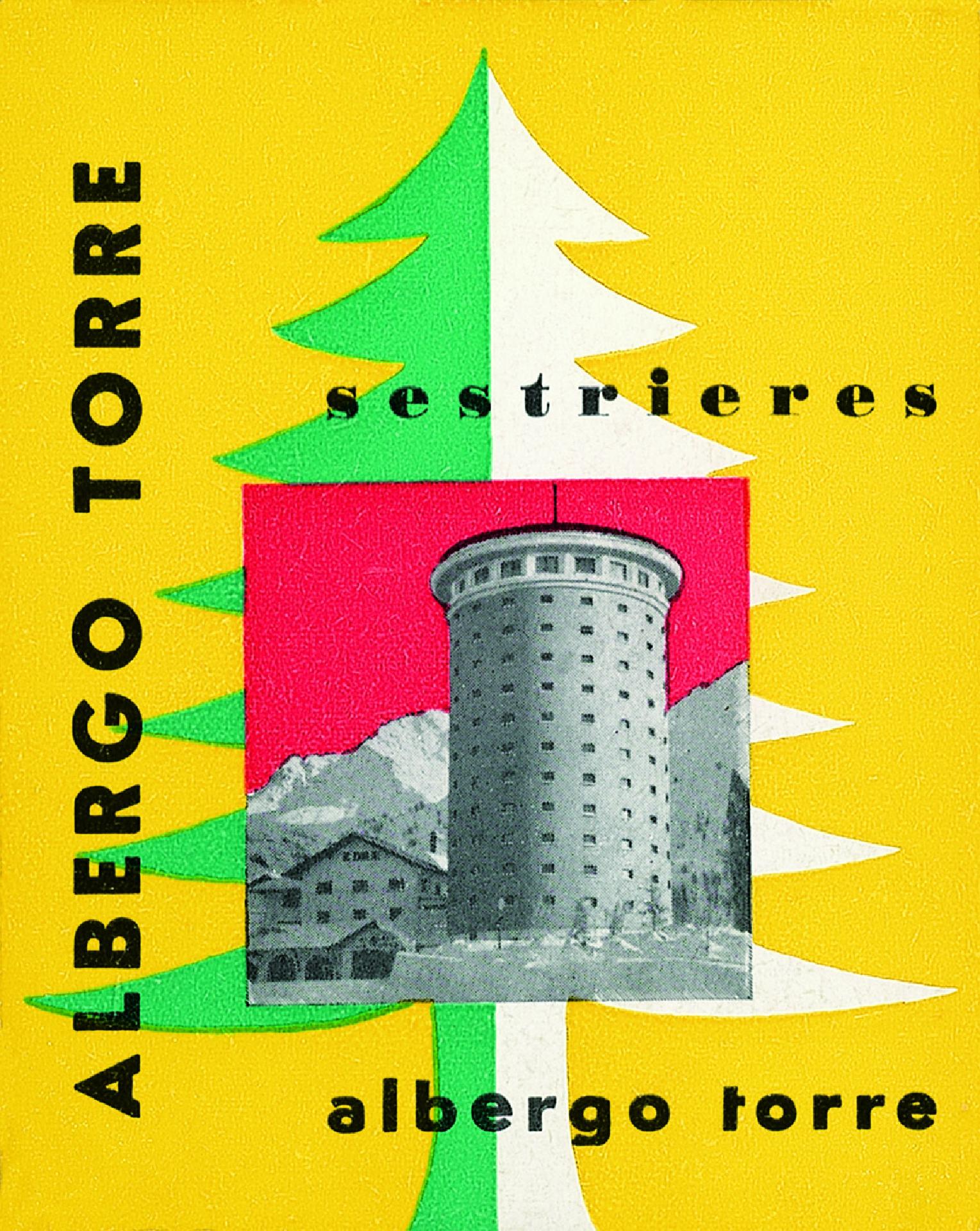

The label became a story: of flora, fauna, discovery, or exploration; it became a document, a source of precious information having historical and scientific, as well as persuasive, purposes. But it was in the 19th century, with the development of markets and consumerism, that the Alpine landscape began to be associated with the product, coming to characterize it. The label took on a fundamental importance, capable of seducing, but also of conveying knowledge, or a system of meanings, consolidated in the public memory.
After the conquest of 1865, the image of the Matterhorn began being used to advertise every sort of product, while Vesuvius became the symbol of the power of burgeoning industry. Counterposed with the volcano's lava was the tranquility of an idyllic landscape, where monks gathered healthful herbs: everything communicated assurance of knowledge and certification of place of production. And while in this century, cheese, for example, is entrusted to images of rural scenes and mountain pastures, in 1935 Galbani submitted its reliability to leisure-time skiing. Because the 19th century, the century of movement, had discovered the loisir, free time, speed, photography: symbols of a life that abandoned a concept of time that had become obsolete. On labels, sports dominated and, even while ball sports prevailed, skiing and mountaineering exceled.
The Cantoni cotton mill, which in 1905 had portrayed young shepherdesses and women in traditional clothes, in 1920, eyed the dynamism of the sporty woman featured by Kodak in the following decades. The hotel was still a place to rediscover the taste of a tourism that was becoming lost, that of the silence of walks, of explorations. Even Vesuvius lost its typically depicted lava, to a drowsy plume of smoke. Then the image became more synthetic, and the use of photography changed the perspective. From the 1920s, the race for documentation began, both scientific and touristic: the mountain remained in the background, with, in the foreground, a photo of a model or a hotel. And it was with a photograph that, in 1961, Agnesi advertised its pasta: the label "spoke": it explained the landscape of Monte Grai, as well as how to cook spaghetti, to young housewives of the economic boom, who often did not know how to cook, as told by the television drama of those years, La famiglia Benvenuti.
The labels conserved by the Museo Nazionale della Montagna "Duca degli Abruzzi" documentation center number about 3000. In 2017 the center organized the exhibition Etichette delle Montagne. Immagini di Commercio (Mountain-themed labels. Marketing images), with the collaboration of, among others, the Club Alpino Italiano. The result of careful research through the documentation center's archival documents and iconographic patrimony, the exposition illustrated 150 years-from the second half of the 19th century to present day-of commercial products from different eras dedicated to the highlands.
BIBLIOGRAPHIC NOTE
Etichette delle Montagne. Immagini di commercio, a cura di Aldo Audisio e Laura Gallo, Ivrea, Priuli&Verlucca, 2017. catalogo della mostra. Museo Nazionale della Montagna "Duca degli Abruzzi", Torino
Franco Brevini, Simboli della montagna, Bologna, Il Mulino, 2018
Alessandro Moretti, Il turismo montano in Italia, Bologna, Patron Editore, 2015
Sempre più in alto. Le montagne nella pubblicità, a cura di Aldo Audisio, Torino, Museo nazionale della montagna Duca degli Abbruzzi, CAI, 1989
ARCHIVAL REFERENCES
Museo nazionale della montagna Duca degli Abbruzzi
BY
Maria Procino

 help with your research
help with your research

